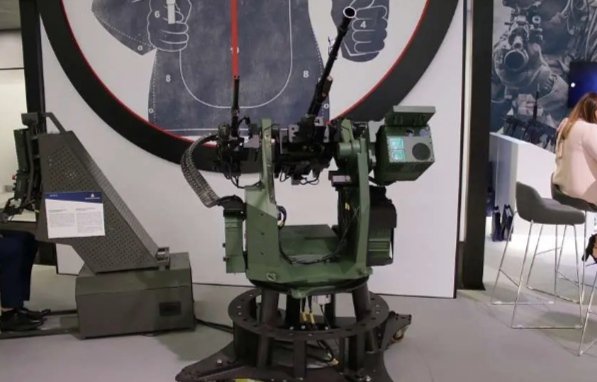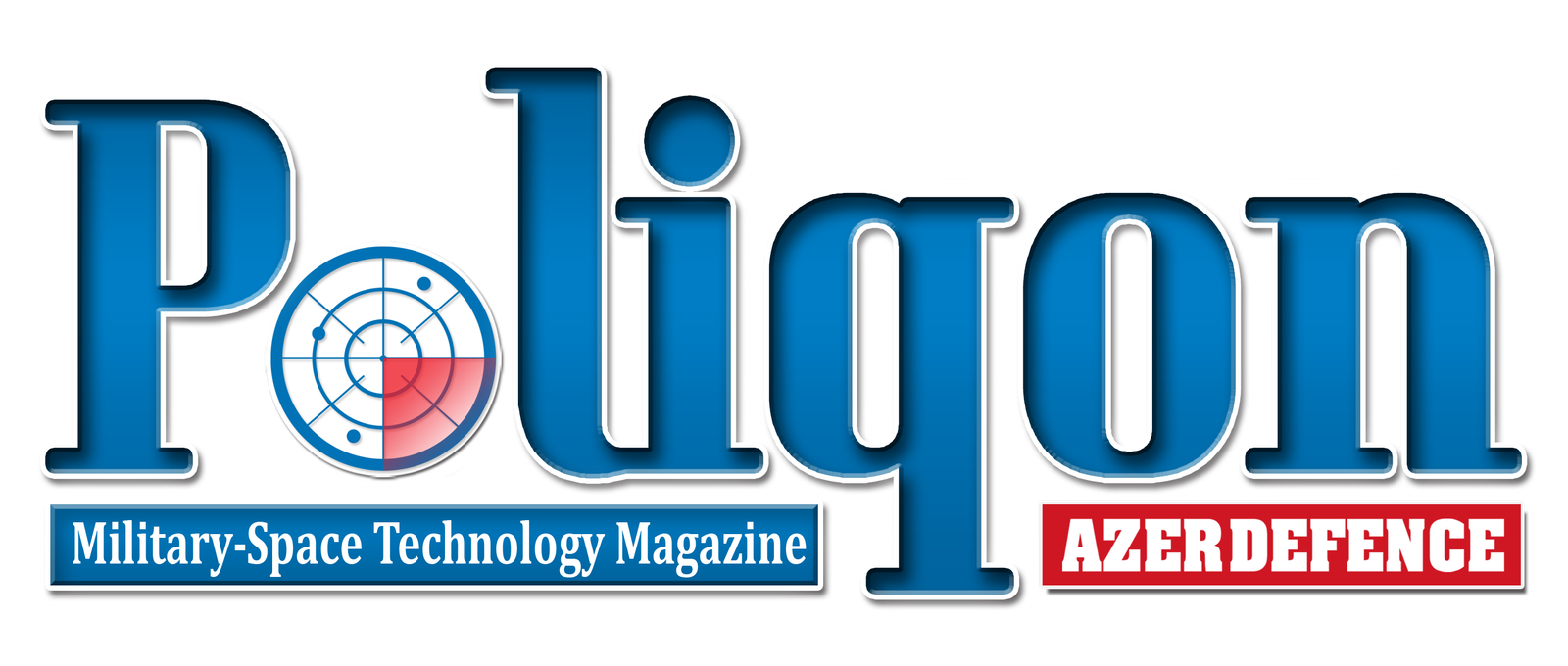
MSPO 2023: ZMT presents ZSMU-A5 Remote-Controlled Weapon Module with armament interchangeability
At MSPO 2023, Zakłady Mechaniczne Tarnów (ZMT), a subsidiary of the PGZ group, is presenting its ZSMU-A5 Remote-Controlled Weapon Module. This module is designed with armament interchangeability, allowing engagement with light armored vehicles, low-flying aircraft, and personnel.
The ZSMU-A5 offers a remote-controlled solution featuring a unique dual-armament system. This design aims to provide military personnel with precise targeting and operational efficiency in various combat environments, including battlefields, vehicle interiors, and static positions.
With a broad range of traverse and elevation angles, supported by an advanced fire control system, the ZSMU-A5 equips military units to effectively secure ground assets and support terrestrial operations. Operated by a single operator, its versatility enables engagement with enemy personnel, technical equipment, lightly armored off-road vehicles, stationary targets, and low-flying aerial threats, regardless of the time of day.
One notable feature of the ZSMU-A5 is its armament interchangeability. Users can seamlessly switch between NATO and Russian weaponry. This capability allows for the use of a 12.5 mm machine gun, a 12.7 mm HMG NSW UTIOS/WKM-Bm, an automatic or semi-automatic 40 mm H&K grenade launcher, combined with the 7.62 mm UKM-2000C machine gun, as integrated armament. This adaptability ensures the module remains effective in a wide range of operational scenarios.
It’s worth noting that the ZSMU-A5 has been integrated into the Waran armored vehicle, and it has the potential to equip various vehicles, vessels, and static installations, similar to another ZMT turret, the ZSMU-1276.
One of the primary advantages of armament interchangeability is the ability to quickly adapt to diverse combat situations. Soldiers can transition to the most suitable weapon for specific circumstances, such as engaging infantry, armored vehicles, or aircraft, without the need to replace the entire weapon system, enhancing the overall combat effectiveness of the force.
Instead of acquiring multiple specialized weapon systems, which can be costly, an interchangeable system can deliver multiple capabilities within a single platform. This can result in cost savings in terms of procurement, logistics, and maintenance. Interchangeability simplifies the complexity of logistics and supply chains. Military units can carry fewer types of ammunition and spare parts, streamlining inventory management and reducing the risk of supply shortages.
In mission scenarios, the ability to switch between armaments swiftly can offer a critical advantage. It enables military units to maintain continuous firepower and adapt to evolving threats without interruptions. Furthermore, interchangeability promotes standardization within a military organization, simplifying the management and updating of weapon systems. It also facilitates integration with other technologies, such as fire control systems and sensors.


